-
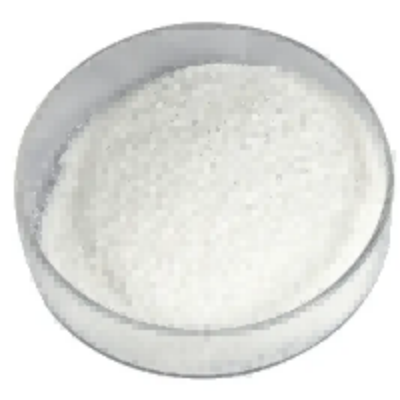
rhodium(iii) sulfate solution CAS:10489-46-0
Rhodium(III) sulfate solution is a chemical solution containing rhodium ions in a sulfate solvent. Rhodium(III) sulfate is a coordination complex that is soluble in water, and the resulting solution can be used in various applications in the field of chemistry and materials science.
-
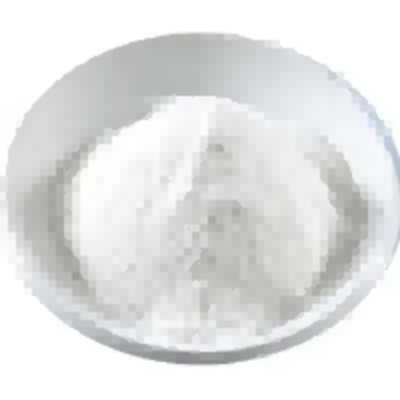
Rhodium(III) oxide hydrate CAS:123542-79-0
Rhodium(III) oxide hydrate is a chemical compound composed of rhodium, oxygen, and water molecules. It is a hydrate form of rhodium(III) oxide, which means it contains water molecules in its crystal structure. This compound is of interest in the field of inorganic chemistry and materials science due to its unique properties and potential applications.
-
![Rhodium, di-m-chlorobis[(1,2,5,6-h)-1,5-hexadiene]di- CAS:32965-49-4](https://cdn.globalso.com/xindaobiotech/VMLV8UWXAZ0XBLS6M1.png)
Rhodium, di-m-chlorobis[(1,2,5,6-h)-1,5-hexadiene]di- CAS:32965-49-4
Rhodium, di-m-chlorobis[(1,2,5,6-h)-1,5-hexadiene] is a complex organometallic compound that contains the Rhodium element in its chemical structure. This molecule consists of two methylene groups bonded to rhodium through their double bonds and chlorine atoms bound directly to rhodium, forming an octahedral coordination complex with a central rhodium atom surrounded by four carbon atoms from the hexadiene ligands and two more in position trans to each other.
-
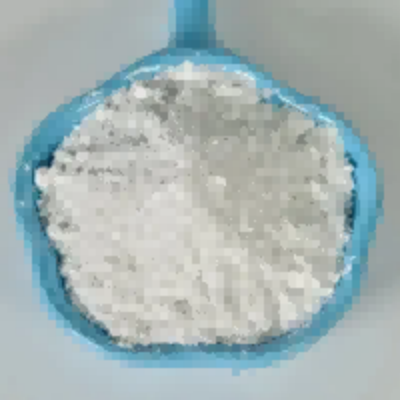
Rhodium acetate CAS:42204-14-8
Rhodium acetate is a chemical compound with the formula Rh(CH3COO)3. It is a coordination complex of rhodium with acetate ligands. This compound is of interest in the field of inorganic chemistry and catalysis due to its unique properties and potential applications.
-
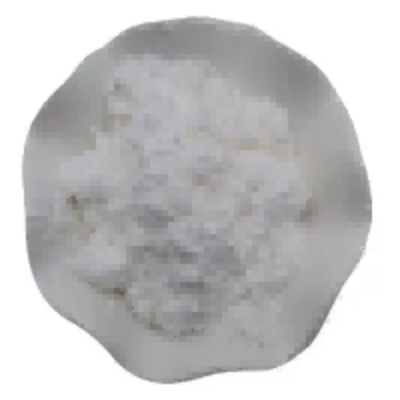
Ruthenium,dihydrotetrakis(triphenylphosphine)- CAS:19529-00-1
Ruthenium, dihydrotetrakis(triphenylphosphine), is a coordination complex containing ruthenium as the central metal atom. It is commonly used as a catalyst in various chemical reactions due to its unique structure and properties.
-
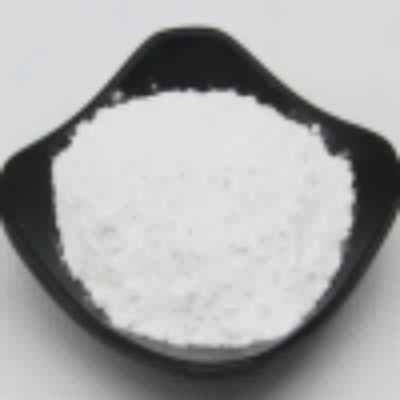
Hexaammineruthenium (III) chloride CAS:14282-91-8
Hexaammineruthenium(III) chloride, also known as [Ru(NH3)6]Cl3, is an inorganic compound consisting of a ruthenium atom coordinated to six ammonia ligands and three chloride ions. It is a widely studied compound with diverse applications.
-

Ruthenium(III)-2,4-pentanedionate CAS:14284-93-6
Ruthenium(III)-2,4-pentanedionate is a coordination complex containing ruthenium as the central metal atom. It is commonly used as a catalyst in various chemical reactions due to its unique properties and reactivity.
-

Chloro(1,5-cyclooctadiene)rhodium(I) dimer CAS:12092-47-6
Chloro(1,5-cyclooctadiene)rhodium(I) dimer, often abbreviated as RhCl(COD)2, is a coordination complex featuring a rhodium atom coordinated with two 1,5-cyclooctadiene ligands and two chloride ions. This compound is a notable reagent in organometallic chemistry and catalysis due to its unique structure and reactivity.
-
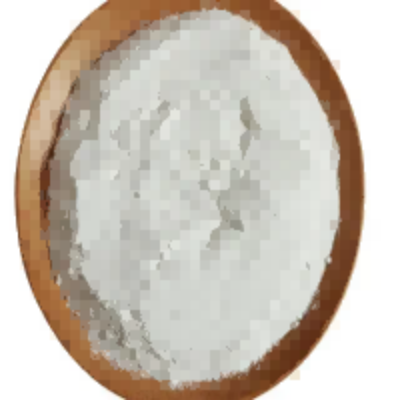
(S,S)-N-(p-Toluenesulfonyl)-1,2-diphenylethanediamine(chloro)(p-cymene)ruthenium(II) CAS:192139-90-5
(S,S)-N-(p-Toluenesulfonyl)-1,2-diphenylethanediamine(chloro)(p-cymene)ruthenium(II) is a complex compound containing ruthenium as the central metal atom. It is commonly used in various catalytic reactions due to its unique structure and properties.
-
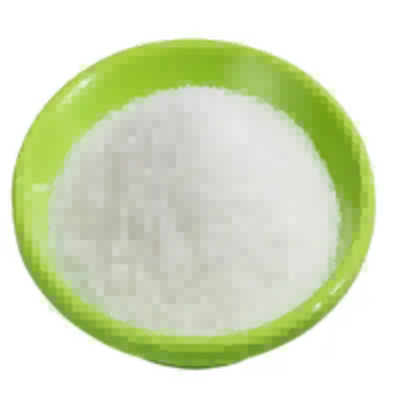
Bis(cyclopentadienyl)ruthenium CAS:1287-13-4
Bis(cyclopentadienyl)ruthenium, also known as Ru(Cp)2, is an organometallic compound consisting of a ruthenium atom coordinated to two cyclopentadienyl ligands. It is a widely studied compound with diverse applications.Ru(Cp)2 is commonly used as a catalyst in various organic transformations, including hydrogenation, isomerization, and polymerization reactions. Its ability to activate small molecules, such as hydrogen and carbon monoxide, makes it a valuable material for use in these reactions.
-
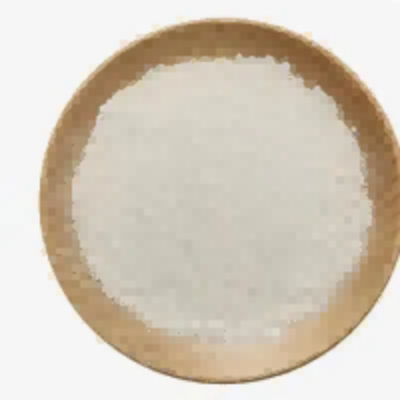
Bis(1,5-cyclooctadiene)rhodium(I) trifluoromethanesulfonate CAS:99326-34-8
Bis(1,5-cyclooctadiene)rhodium(I) trifluoromethanesulfonate, often abbreviated as Rh(COD)2OTf, is a coordination complex featuring a rhodium atom coordinated with two 1,5-cyclooctadiene ligands and a trifluoromethanesulfonate ligand. This compound is widely used as a catalyst in various organic synthesis reactions, owing to its unique structure and reactivity.
-

cis-Dithiocyanatobis(N,N’-2,2′-bipyridyl-4,4′-dicarboxylic acid)ruthenium CAS:141460-19-7
cis-Dithiocyanatobis(N,N’-2,2′-bipyridyl-4,4′-dicarboxylic acid)ruthenium is a coordination complex with the chemical formula [Ru(bpy)(dcbpy)(NCS)2], where bpy represents 2,2′-bipyridyl and dcbpy represents 4,4′-dicarboxylic acid. This compound is of interest in the field of inorganic chemistry and materials science due to its unique properties and potential applications.

